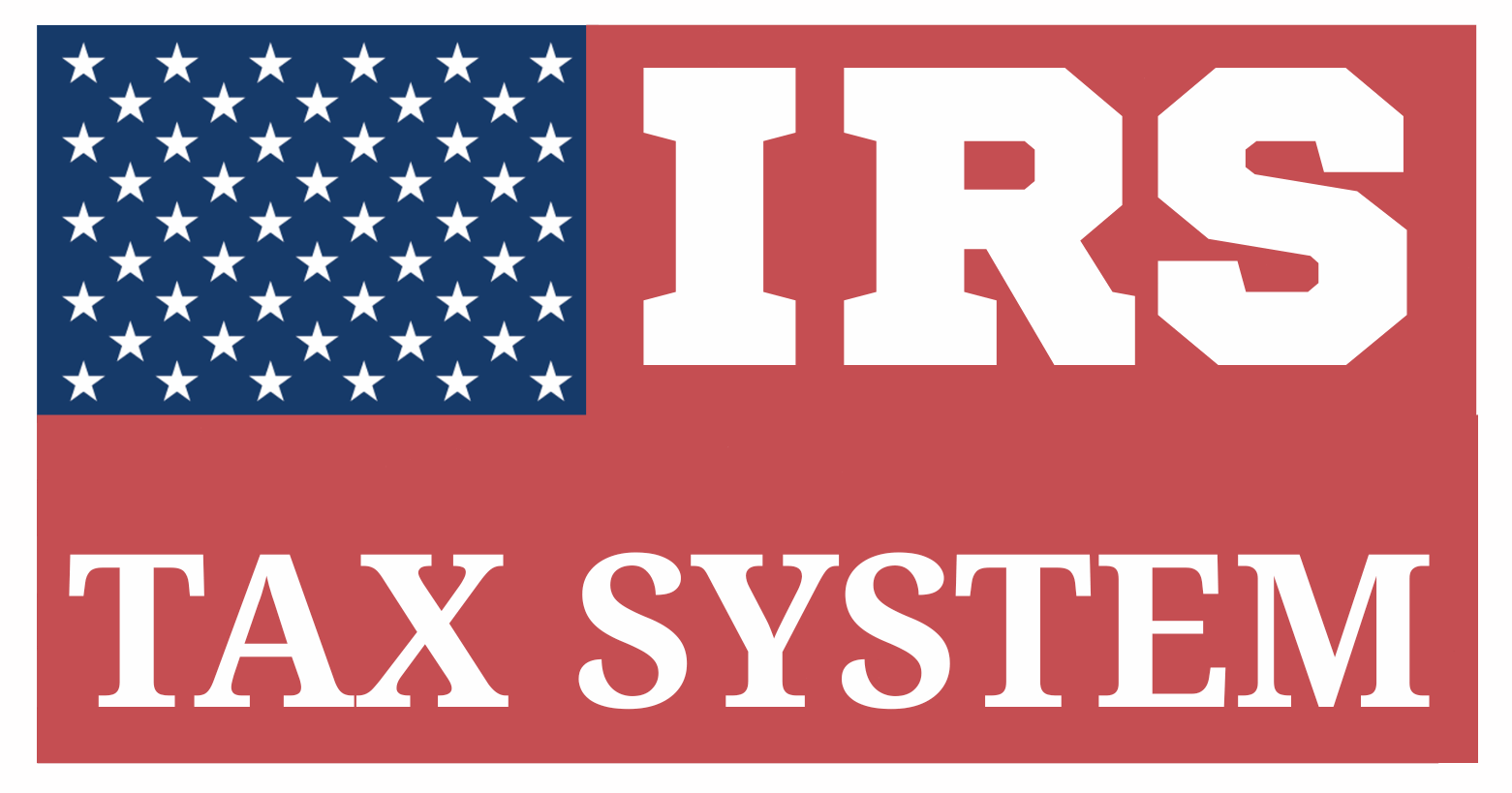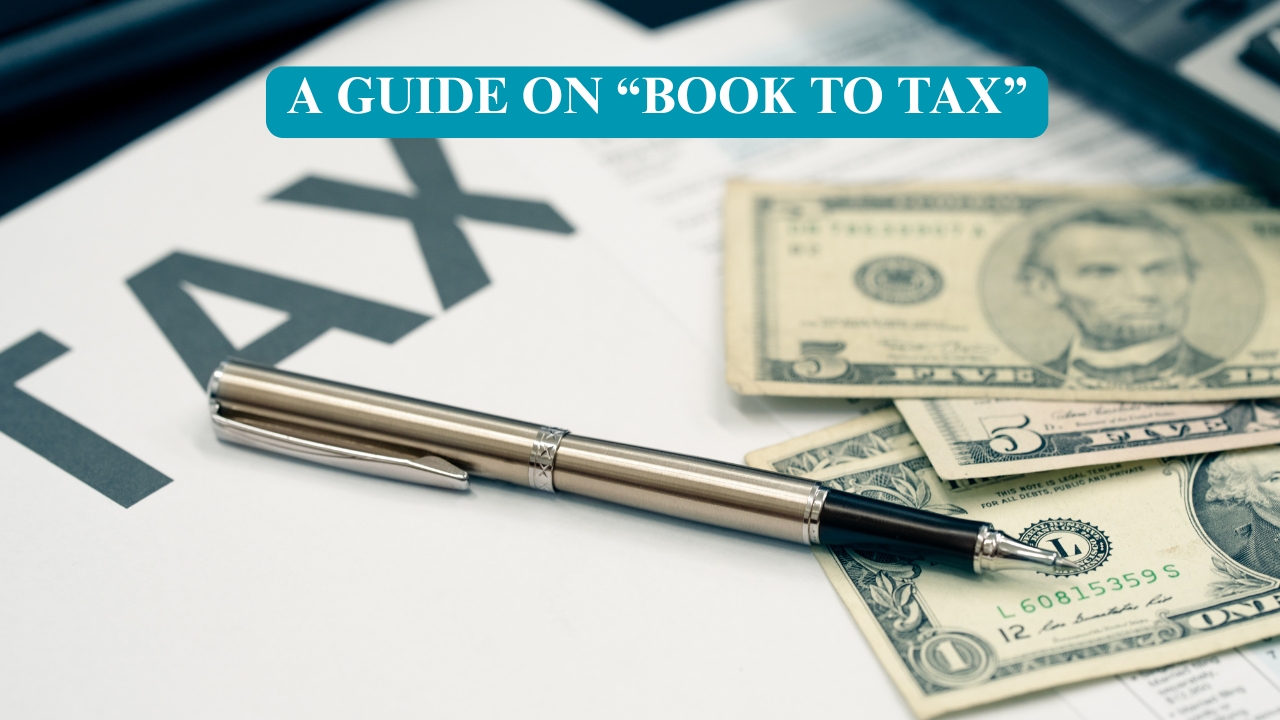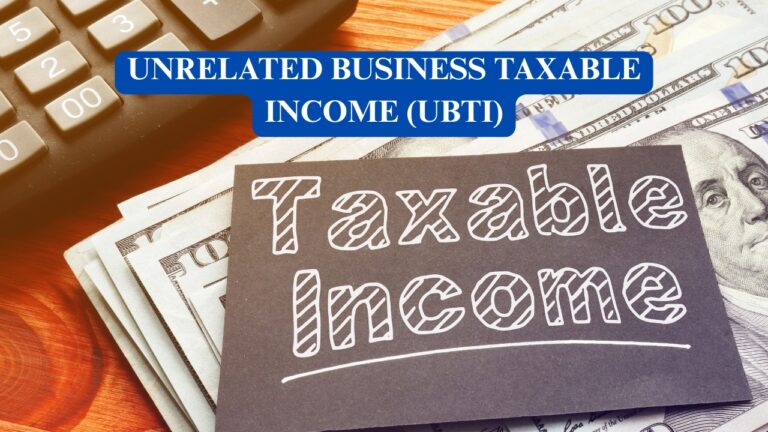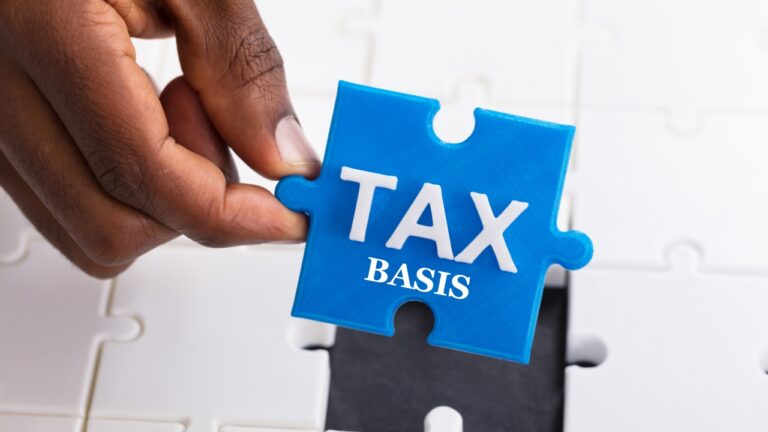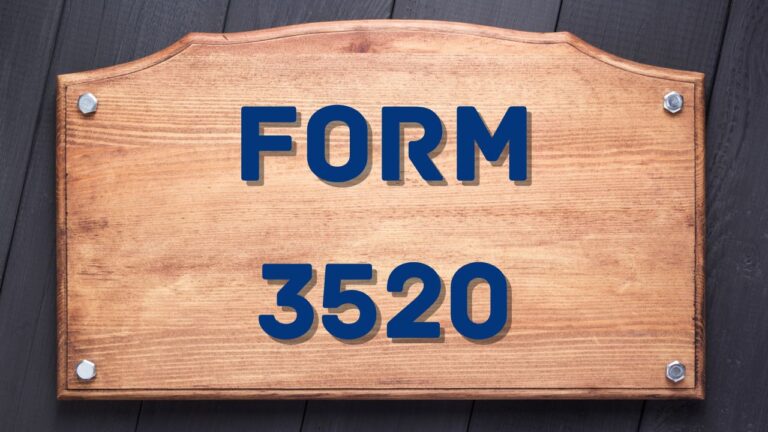Book To Tax: A Genuine Overview
Table of Contents
Everything About Book To Tax: Detailed & Informative
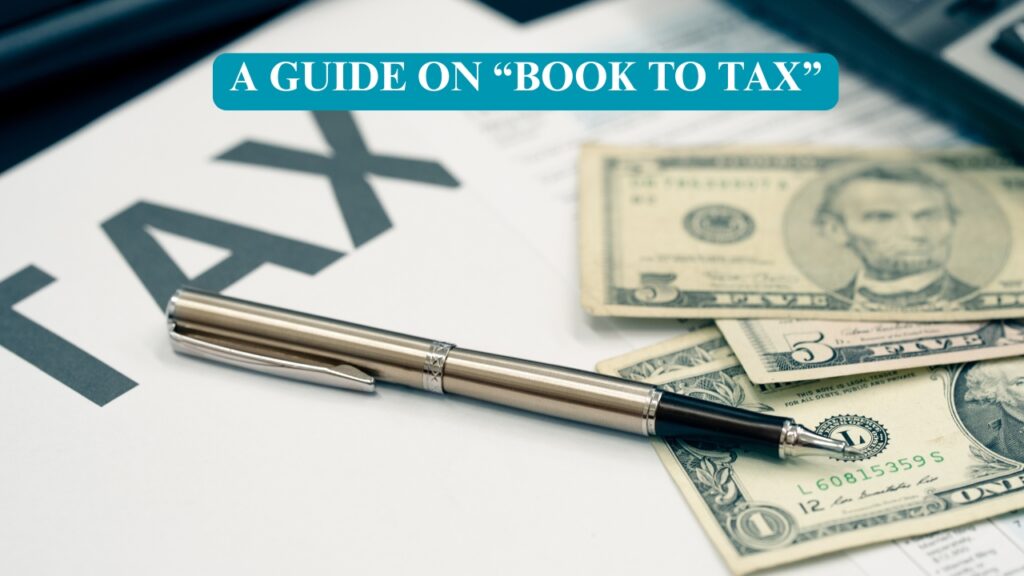
Book to tax reconciliation is the process of analyzing and detailing the differences between a company’s financial income (as reported on its books) and the taxable income reported to the IRS. These differences arise because financial reporting (under U.S. GAAP or IFRS) and tax reporting (under the Internal Revenue Code) follow different rules for recognizing revenue, expenses, and timing. These differences result because financial reporting and tax regulations serve different purposes:
- Financial statements aim to reflect the economic reality for investors and stakeholders.
- Tax reporting is governed by tax law to calculate the correct tax liability owed to the government.
Key Concepts
1. Book Income
Book income is the net income calculated according to U.S. GAAP or IFRS, intended to reflect the economic performance of a business for its stakeholders. It includes:
- Accrual-based income and expenses
- Non-taxable items (e.g., unrealized gains)
- Non-deductible expenses (e.g., fines or penalties)
2. Taxable Income
Taxable income is computed using IRC rules for the purpose of calculating federal or state tax liability. It often differs from book income due to different treatment of:
- Depreciation
- Accruals and deferrals
- Reserves and allowances
- Stock-based compensation
Types of Book-to-Tax Differences
1. Temporary Differences
These are timing differences—they affect taxable income and book income in different periods but will reverse over time.
Examples
- Depreciation: A company may use straight-line depreciation for books but accelerated MACRS for tax.
- Deferred compensation: Deductible when accrued for book, but only when paid for tax.
- Bad debts: Estimated under allowance method for book; only actual write-offs are allowed for tax.
Creates Deferred Tax Assets (DTA) or Deferred Tax Liabilities (DTL) under ASC 740.
2. Permanent Differences
These arise when certain items are recognized only in book income or only in taxable income, and they do not reverse over time.
Examples
- Municipal bond interest: Included in financial income but not taxable.
- 50% of meals and entertainment: Deductible in books, partially disallowed for tax.
- Penalties and fines: Book deductible, tax disallowed.
Does not result in deferred taxes, but affects effective tax rate (ETR).
Common Book-to-Tax Adjustment Examples
| Transaction Type | Book Treatment | Tax Treatment |
| Depreciation | Straight-line method | MACRS/accelerated |
| Bad Debt Expense | Estimate (allowance method) | Deduct actual write-offs only |
| Charitable Donations | Expensed when accrued | Deductible when paid (subject to limits) |
| Stock Options (NSO) | Expensed on grant date | Deducted at exercise (NSO only) |
| Meals & Entertainment | 100% expensed | Only 50% deductible |
Tax Reporting & Disclosure Implications of Book-to-Tax Differences
Understanding how book-to-tax differences affect financial reporting and tax filings is critical for both regulatory compliance and transparent corporate governance. These differences impact what companies disclose to the IRS and stakeholders, how they recognize deferred tax assets/liabilities, and how they present tax expenses in financial statements.
1. Schedule M-1 (Form 1120/1065) – Book-to-Tax Reconciliation
Used by corporations and partnerships with less than $10 million in assets.
- Reconciles net income per books to taxable income.
- Lists additions/subtractions such as:
- Federal income tax per books
- Depreciation differences
- Non-deductible expenses
What’s reported
- Net income (loss) per books
- Income included for tax purposes but not for book (e.g., tax-exempt interest)
- Expenses deducted for books but not allowed for tax (e.g., penalties)
- Deductions for tax not reflected on books (e.g., depreciation differences)
Purpose
Ensures the IRS understands the nature and origin of book-tax differences, helping reduce audit risk and clarify corporate tax positions.
2. Schedule M-3 – Detailed Reconciliation for Large Corporations
Required for entities with $10 million or more in total assets.
- Provides a more detailed, line-by-line breakdown.
- Separates temporary vs permanent differences.
- Matches financial statement income with the amount reported on Form 1120, Line 28 (taxable income before net operating loss and special deductions)..
Key Features
- Separates temporary and permanent differences
- Provides line-by-line disclosures for revenue and expenses
- Reconciles book income directly with taxable income and Schedule M-1
Significance
- Enhances tax compliance transparency
- Enables the IRS to detect aggressive tax positions
- Reduces chances of underreporting taxable income
3. ASC 740 (previously known as FAS 109) – Guidelines for Accounting for Income Taxes in Financial Statements.
For GAAP reporting
- Temporary differences generate deferred tax assets/liabilities
- Permanent differences affect current tax expense only
- Book-to-tax reconciliation forms the basis for tax disclosures in:
- The tax provision line on the income statement
- Deferred tax schedules in the footnotes
- Effective tax rate (ETR) reconciliation
Key Requirements
- Recognize Deferred Tax Assets (DTAs) and Deferred Tax Liabilities (DTLs)
- Use enacted tax rates expected to apply when temporary differences reverse
- Disclose components of the tax expense:
- Current tax expense
- Deferred tax expense
- Changes in valuation allowances for DTAs
- Tax positions subject to uncertainty (FIN 48 requirements)
Financial Statement Impact:
- Balance Sheet: Shows net deferred tax assets or liabilities
- Income Statement: Presents both current and deferred income tax expenses recognized during the reporting period.
- Footnotes: Include reconciliation of statutory tax rate to effective tax rate (ETR), uncertain tax positions, and expiration of NOLs or credits
4. Effective Tax Rate (ETR) Reconciliation Disclosure
What it is?
A reconciliation between the federal statutory rate (e.g., 21% for C corporations) and the company’s effective tax rate.
Common ETR Adjustments
- Tax-exempt income (lowers ETR)
- Non-deductible fines/penalties (increases ETR)
- R&D credits, foreign tax credits (lowers ETR)
- State taxes (increases ETR)
Why it matters?
- Shows how tax planning affects financial performance
- Indicates whether a company may be under IRS scrutiny for aggressive tax positions
5. Footnote Disclosures – Transparency and Audit Readiness
Companies are required to provide detailed disclosures in the notes to financial statements, such as:
- Components of total tax expense
- Schedule of deferred tax assets and liabilities
- Description of valuation allowance, if any, and its rationale
- Description of uncertain tax positions and reserve amounts
- Explanation of significant book-to-tax differences
6. Quarterly Tax Provisions – Interim Reporting under ASC 740-270
For public companies, interim tax provisions must be calculated using the annual effective tax rate (AETR) method and reported quarterly on Form 10-Q.
7. SEC Reporting – Form 10-K Requirements
The SEC requires detailed disclosures in public companies’ annual 10-K reports, which must include:
- Total provision for income taxes
- Breakdown by jurisdiction (domestic vs. foreign)
- Rate reconciliation
- A reconciliation of the opening and closing balances of unrecognized tax benefits, when applicable under FIN 48 requirements.
Summary Table
| Disclosure Area | Purpose | Key Users |
| Schedule M-1 | Book-to-tax reconciliation | IRS |
| Schedule M-3 | Detailed disclosure for large corporations | IRS |
| ASC 740 | Deferred tax accounting and provision | Investors, auditors |
| Effective Tax Rate Disclosure | Explains deviation from statutory rate | Analysts, SEC, investors |
| Financial Statement Footnotes | Transparency of tax positions and estimates | Public, auditors, SEC |
| SEC Form 10-K Tax Notes | Public accountability and financial integrity | SEC, shareholders |
Importance of Book-to-Tax Reconciliation
Book-to-tax reconciliation is a fundamental component of corporate tax compliance and financial reporting. It serves as a bridge between a company’s financial accounting income (book income) and its taxable income, ensuring consistency, transparency, and legal conformity with tax rules.
1. Ensures Accurate Tax Reporting and Compliance
Reconciling book and tax income is critical for accurately calculating tax liability. The Internal Revenue Service (IRS) requires corporations and partnerships to file this reconciliation in Schedule M-1 or Schedule M-3, depending on asset size. This process verifies that the income reported in financial statements aligns with tax return filings and helps prevent under- or overpayment of taxes.
2. Supports Deferred Tax Accounting (ASC 740)
Under U.S. GAAP (specifically ASC 740 – Accounting for Income Taxes), book-to-tax reconciliation is the foundation for identifying:
- Deferred Tax Assets (DTA)
- Deferred Tax Liabilities (DTL)
- Temporary differences create deferred tax items in financial statements under ASC 740 (FAS 109). For example:
- Overstated book income → Deferred tax asset
- Overstated tax income → Deferred tax liability
These result from timing differences between when income and expenses are recognized for financial reporting purposes versus when they are recognized for tax purposes. Without a proper reconciliation, tax provision calculations may be misstated, leading to inaccurate financial statements and auditor scrutiny.
3. Enhances Transparency in Financial Disclosures
For publicly traded companies, book-to-tax reconciliation informs the effective tax rate (ETR) analysis in financial statements and SEC filings (e.g., Form 10-K). Investors and analysts use these reconciliations to gain insight into::
- The reasons behind discrepancies in the statutory vs. effective tax rate
- Non-recurring tax benefits or penalties
- The sustainability of a company’s tax strategy
4. Required for IRS Audit Defense
A clearly documented reconciliation trail helps companies defend their tax positions during audits. The IRS often examines book-to-tax differences to verify whether:
- Deductions are valid and properly timed
- Income was appropriately reported
- Specific tax treatments (e.g., depreciation, revenue recognition) comply with the tax code
Having a reconciled breakdown supports credibility and reduces the risk of penalties.
5. Aids Tax Planning and Strategy
Understanding the nature and magnitude of book-to-tax differences helps companies develop smarter tax planning strategies. For instance:
- Identifying recurring permanent differences can guide decisions around tax credits, deductions, or R&D investments.
- Recognizing the timing of deductions or income can optimize cash flow and effective tax rate.
6. Required for Corporate Tax Filings (M-1 or M-3)
Corporations must complete:
- Schedule M-1: If they have less than $10 million in total assets
- Schedule M-3: If they have $10 million or more in assets
These schedules capture the nature, timing, and size of book-tax differences, forming a mandatory part of Form 1120, Form 1120S, or Form 1065 filings.
7. Prepares for Future Tax Reform or Policy Changes
Legislative changes often affect the timing or deductibility of certain items. A well-maintained book-to-tax reconciliation enables companies to:
- Quantify the impact of new tax laws (e.g., TCJA, IRA)
- Adjust financial forecasts
- Communicate impacts to stakeholders and auditors effectively
Book-to-Tax Reconciliation – Example
Background Scenario
Company: Apex Technologies Inc.
Fiscal Year-End: December 31, 2024
Location: Delaware, U.S.
Entity Type: C Corporation
Book Income (Pre-Tax): $600,000
Purpose: Reconcile financial statement (book) income with taxable income using Schedule M-1 on IRS Form 1120.
Apex follows GAAP accounting for books but is required to calculate taxable income under the Internal Revenue Code (IRC).
Book-to-Tax Differences
For an instance Apex Technologies has the following reconciling items:
| Adjustment Description | Book Treatment | Tax Treatment | Type | Amount | |
| 1 | Depreciation (MACRS vs. Straight-Line) | $50,000 | $90,000 | Temporary | +$40,000 |
| 2 | Federal income tax expense (book only) | $120,000 | Not deductible | Permanent | +$120,000 |
| 3 | Meals & entertainment (50% disallowed) | $20,000 | $10,000 allowed | Permanent | +$10,000 |
| 4 | Tax-exempt interest income | $8,000 | Not taxable | Permanent | –$8,000 |
| 5 | Charitable contributions carryforward (limit) | $30,000 | Only $20,000 deductible in 2024 | Temporary | +$10,000 |
Step-by-Step Reconciliation Calculation
Step 1: Start with Book Income
- GAAP Net Book Income (Before Tax): $600,000
Step 2: Add Back Permanent Differences
- + $120,000 (Federal income tax expense – added back as it is not tax-deductible)
- + $10,000 (50% meals disallowed)
- – $8,000 (Tax-exempt interest)
Subtotal after permanent adjustments
$600,000 + $120,000 + $10,000 – $8,000 = $722,000
Step 3: Add/Subtract Temporary Differences
- + $40,000 (Excess tax depreciation vs. book)
- + $10,000 (Charity deduction limited to $20K)
Subtotal after temporary adjustments:
$722,000 + $40,000 + $10,000 = $772,000
Taxable Income per IRS (Reconciled): $772,000
This is the amount Apex will report on IRS Form 1120, Line 28 (Taxable income before NOL and special deductions).
Schedule M-1 Entry Preview
| Line Description | Amount |
| Net income per books | $600,000 |
| Add: Federal income tax per books | $120,000 |
| Add: Meals and entertainment | $10,000 |
| Add: Depreciation difference (book vs. tax) | $40,000 |
| Add: Charitable contributions (limited) | $10,000 |
| Less: Tax-exempt interest | ($8,000) |
| Taxable income before NOL deductions | $772,000 |
Explanation of Adjustments
1. Depreciation Difference (Temporary)
- Book depreciation under straight-line = $50,000
- Tax depreciation under MACRS = $90,000
- Result: $40,000 temporary deduction accelerating tax savings.
2. Federal Income Tax Expense (Permanent)
- GAAP allows it as an expense.
- IRS does not allow deduction of federal income tax.
- Must be added back.
3. Meals & Entertainment (Permanent)
- Only half of the cost of specific business-related meals is allowed as a tax deduction.
- Excess 50% ($10,000) must be added back permanently.
4. Tax-Exempt Interest (Permanent)
- Municipals bonds generate $8,000 in interest.
- Included in book income but not taxable.
- Subtracted in M-1.
5. Charitable Contributions (Temporary)
- $30,000 donated, but IRC §170(b)(2) limits to 10% of taxable income.
- Allowed this year: $20,000
- Excess $10,000 carried forward — temporary difference.
Conclusion on Book-to-Tax Reconciliation
Book-to-tax reconciliation is a critical process that bridges the gap between a company’s financial reporting and its tax obligations. While financial statements are prepared under Generally Accepted Accounting Principles (GAAP), tax returns must comply with the Internal Revenue Code—leading to differences that must be accurately adjusted and disclosed.
By reconciling book income to taxable income, businesses ensure compliance, reduce audit risk, and maintain transparency with tax authorities. Whether done through Schedule M-1 or the more detailed Schedule M-3, this process helps taxpayers and the IRS understand the nature and timing of differences, such as depreciation methods, tax-exempt income, and non-deductible expenses.
Ultimately, book-to-tax reconciliation is more than a compliance requirement—it is a tool for financial clarity, strategic tax planning, and responsible corporate governance.
Frequently Asked Questions (FAQs)
What is book-to-tax reconciliation?
Book-to-tax reconciliation is the process of adjusting a company’s financial accounting income (book income) to match the taxable income reported on a tax return, due to differences in accounting and tax rules.
Why is book-to-tax reconciliation important?
It ensures accurate tax reporting, helps identify tax liabilities, and provides transparency for IRS audits by reconciling GAAP income to IRS-compliant taxable income.
What causes differences between book income and taxable income?
Differences arise from varying treatment of income and expenses under GAAP and the Internal Revenue Code—such as depreciation methods, tax-exempt income, and nondeductible expenses.
Is book-to-tax reconciliation required by the IRS?
Yes. Corporations filing IRS Form 1120 must reconcile book and tax income on Schedule M-1 or Schedule M-3, depending on their asset size.
Do all companies need to do book-to-tax reconciliation?
Generally, yes. All C corporations must reconcile financial and tax income when filing federal returns, and many partnerships and S corporations also report adjustments.
